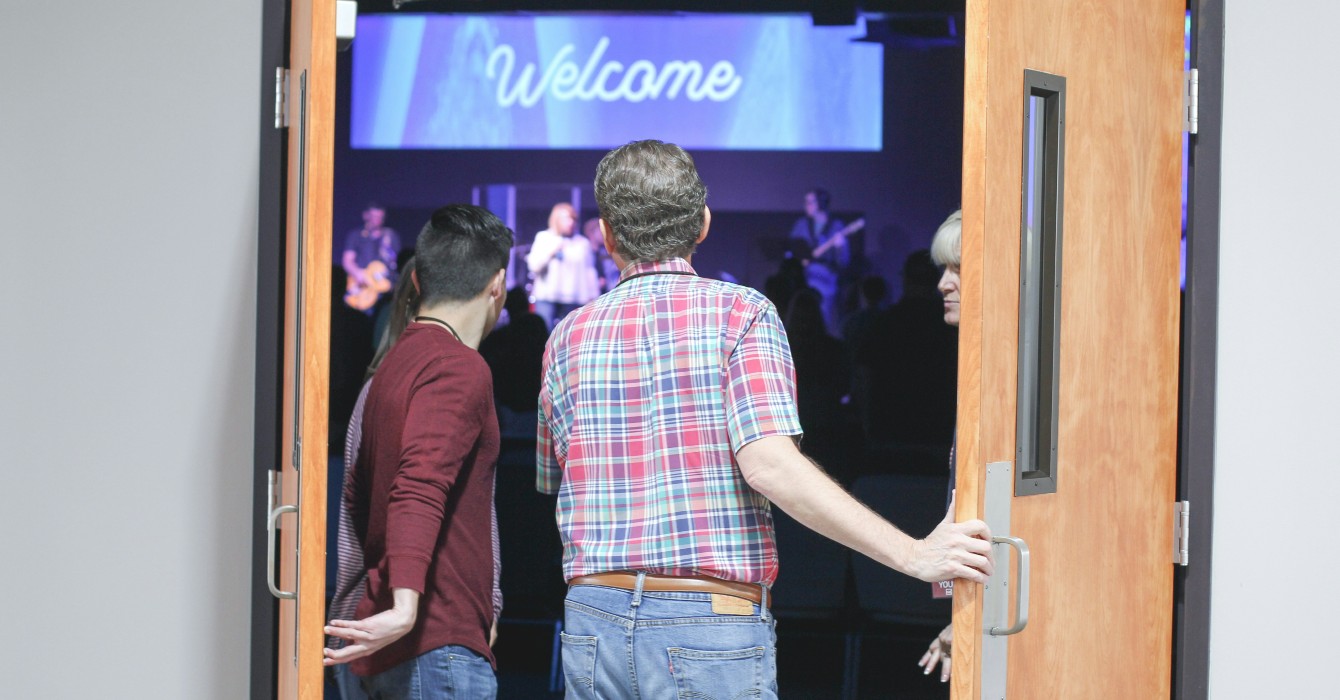Of everything that we measured in both the 1998 and 2006-07 National Congregations Study (NCS), by far the largest change we registered was in congregations’ use of computer technology. The percent of congregations with websites, using email to communicate with members, or using visual projection equipment in worship more than doubled just since 1998. These numbers imply that another 10,000 congregations created a website each year since 1998.
Congregations across the social and religious spectrum are increasingly embracing these technologies, but at uneven rates. When it comes to email and website, but not PowerPoint slides in worship, synagogues and congregations associated with more liberal Protestant denominations lead the way, and black churches lag behind. There is a digital divide even within the religious world.
Perhaps it is not surprising to learn that congregations, like every other organization, have embraced these new technologies, if they can afford them. But there is much we do not know about the consequences of all this for congregations and for American religion. Thinking just about the increased use of web sites, many questions come to mind: Is congregations’ increasing cyber visibility changing the way people look for, assess, and choose a congregation? How do congregations decide what to emphasize about themselves on their websites? Since websites make congregations more visible to each other as well as to prospective members, will clergy and other congregational leaders monitor and influence each other more than before? Will there be even faster and more widespread mimicking of successful congregations? Creating and maintaining a web site requires volunteer time, staff time, money, or all three. How does increasing technology use affect time and money allocations within congregations? Is computer technology increasing the cost of running a congregation? We do not know the answers to any of these questions.
And regarding congregational use of email to communicate with members, one big question is whether congregations take care not to create a digital divide within their own congregations. How do members without easy access to email, as perhaps is commonly the case for older people, stay in the loop when congregations turn to electronic forms of communication?
There is no stopping congregational use of computer technologies. I expect these numbers to climb even higher in the coming years, probably reaching the saturation point before too long. The important questions here are not whether congregations will continue to embrace the latest information technology or why they do it. The important questions here concern the consequences of these technologies for congregations. Will they make congregations more efficient and effective, or will they impose new costs on congregations without providing clear benefits? And will they qualitatively change how congregations operate in ways that we do not yet anticipate? This is a trend to watch in the coming years.














